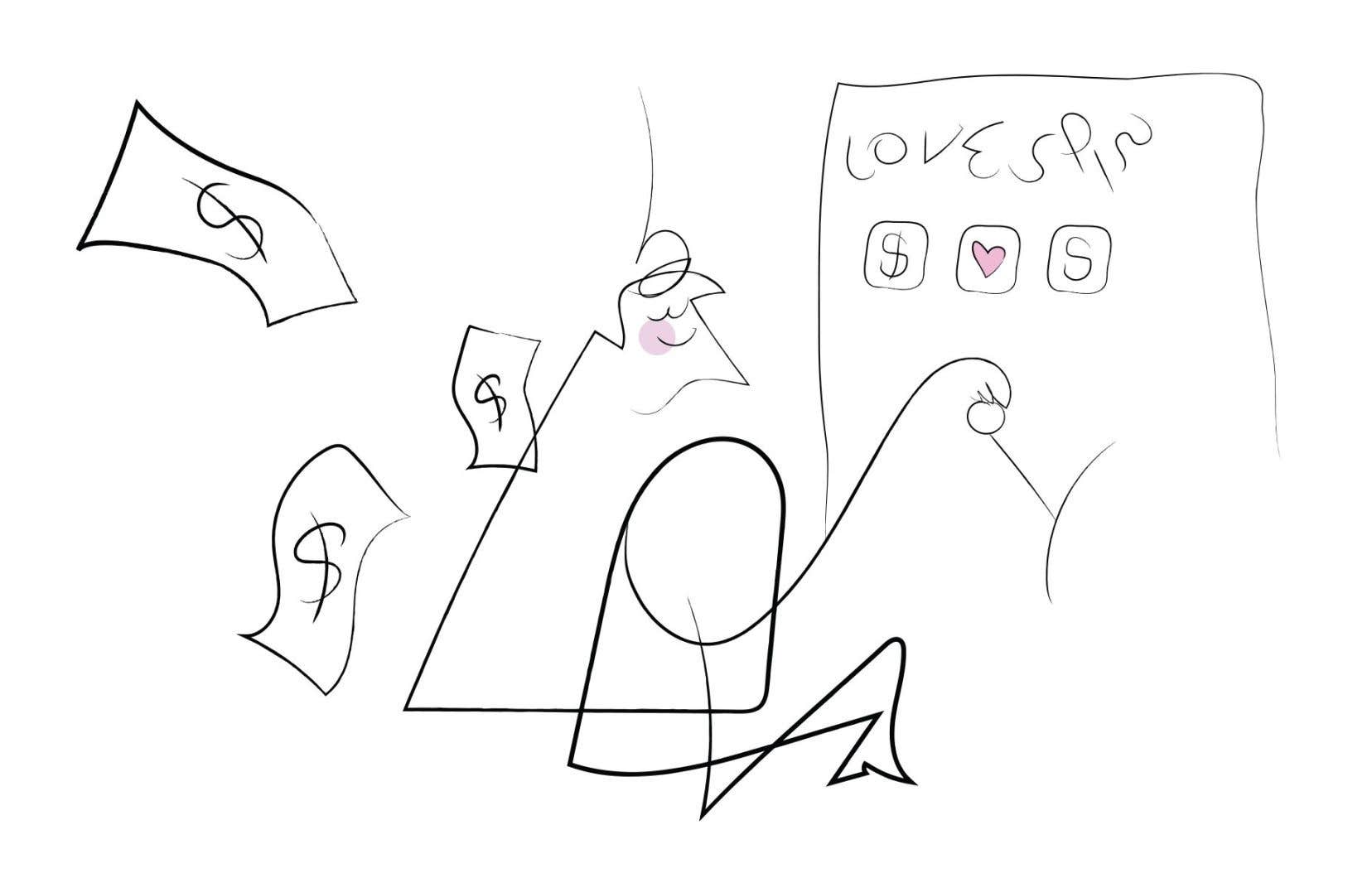Valentine’s Day is often considered a commercial holiday. But there is an active love industry all year round. From the international Match group to local dating agencies, companies make their money from the quest for a soul mate. But, in several respects, this market is suffering from the cooling of the economy.
Joan Paiement is the president of Intermezzo in Montreal, a dating agency for professionals.
“When we make a match, we are looking for three things. There has to be chemistry. That’s non-negotiable. Then you have to look beyond photos and chemistry, you have to look at whether values and lifestyles are compatible,” she explains.
Among these values, there is that of “money, which is the primary cause of divorces in North America”, or those linked to “family and children”.
To request the services of this agency, you must pay at least $3,000. “But it can go up to $10,000, depending on the difficulty of the case. For example, if you smoke a pack of cigarettes a day, then it’s difficult, because today people are looking for non-smokers. So, it requires more work on our side,” explains M.me Payment.
She admits that offering herself the “services of a match maker is a luxury”, that it is “not cheap”. But it is also an “investment” in time, she believes.
Within Intermezzo’s clientele there are public figures who wish to meet people away from prying eyes, but also “many professionals who do not want to be seen by their clients, their patients, their students” on the dating website.
“In one week, we will do between 60 and 80 matches. And in these matches, 75% of people will see each other again,” says Mme Payment.
The social media casino
Online dating platforms — which Intermezzo clients seek to avoid — are today the most common tool for meeting people. In the field, the Match group is a juggernaut. This is the company that owns the networks Tinder, Hinge, Match.com, OkCupid and Plenty of Fish, originally founded in Canada, in Vancouver.
With the growing popularity of this type of platform, some regret the commodification of romantic relationships. Do we shop for them today like we choose a product at the grocery store, relying on labels?
No, believes Chiara Piazzesi, sociologist at the University of Quebec in Montreal and member of the MACLiC research group, which maps contemporary romantic and intimate ideals in Canada. There has been no “dramatic commercialization of love in recent decades,” she believes.
“It’s true that people pay subscriptions on platforms to have access to potential pools of partners. But research shows how the majority of people are still looking for meaningful encounters,” says Mme Piazzesi.
As for labels and the importance given to appearance on these networks, the researcher emphasizes that we have “always evaluated partners on the basis of criteria”.
“It’s a romantic vision to think that it never existed. It is not new to seek to establish psychological, social, moral, economic compatibility,” lists the professor.
Still, social networks have broadened the field of meeting possibilities. And this creates a certain weariness among many users.
A sign of potential discouragement linked to this type of platform, the Match group has recorded a drop in the number of paying subscribers on its platforms for the last four quarters, according to its most recent financial results presented at the end of January.
Another explanation: the rising cost of living pushes users to abandon this type of spending, which is not essential.
Less budget for your loved one
In this regard, the current economic context is weighing on the budget of Quebecers this year for Valentine’s Day celebrations. The Quebec Retail Council (CQCD) recently commissioned a consumer survey on this issue.
From this survey, it appears in particular that more Quebecers than usual intend to make purchases for the celebration of love. One in three Quebecers will spend money on the occasion, compared to one in four last year.
But as for the budget itself, it is decreasing. This year, Quebecers are considering spending $178 on average for Valentine’s Day. This remains a fairly high amount, but much lower than what was spent in 2022. At the time, the amount was around $278. That’s a 36% drop in just two years.
What can we learn from it? Among other things, the increase in interest rates from the Bank of Canada is working. The institution seeks to cool the economy by curbing consumption… and obviously the budget to please your loved one is affected.
